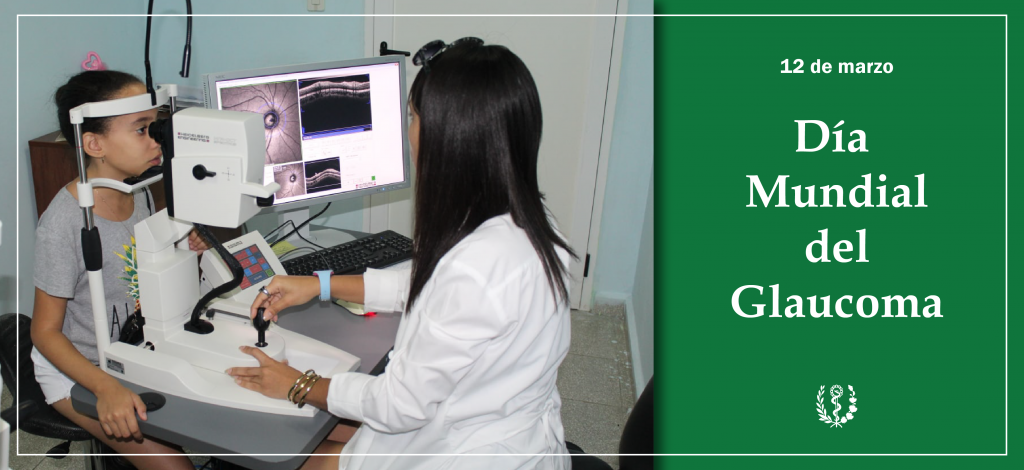
HAVANA, Cuba, Mar 12 (ACN) Every March 12 is celebrated the International Glaucoma Day, considered the second cause of permanent vision loss worldwide, a behavior that also occurs in Cuba in this way.
Even in the atypical conditions marked by the COVID-19 pandemic, Cuba joins the initiative to assess how much progress has been made and the main challenges posed by the treatment of this ophthalmic ailment.
Francisco Fumero, head of the Glaucoma Department at the Ramon Pando Ferrer Ophthalmology Institute in Havana, told the Cuban News Agency that the Caribbean nation has all the technical and prophylactic facilities for the diagnosis and treatment of the disease.
Glaucoma is a multifactorial optic neuropathy of slow and progressive evolution, whose main risk factor is intraocular pressure, which when elevated causes damage to the optic nerve and the layers of neuroretinal fibers, thus causing a change in the person's visual field.
Although the definitive cause of the disease is unknown, one of the most accepted possibilities is an alteration in the drainage structures of the eye due to genetic predisposition of the patient the specialist explained.
Among the risk factors identified for the development of glaucoma is age, since it is more frequent in the over-40 age group, although cases have been reported at very early ages. In this sense, specialists recommend maintaining a healthy lifestyle, exercising, complying with treatment, attending every scheduled consultation, not smoking and avoiding alcohol.
Despite the limitations imposed by the U.S. economic, financial and commercial blockade against Cuba, the Caribbean nation has a strong technological structure for the diagnosis of glaucoma.
Equipment is available for evaluating the structure of the optic nerve; for example, with optical coherence tomographs, of spectral domain, and there is also the possibility of performing functional tests through modern equipment for computerized visual field studies, which allow monitoring of the optic nerve with a damaged structure.
These include the electroretinogram and other visual electrophysiology tests; besides, the specialist pointed out, the interrelation with the Neurophthalmology departments for the completion of this and other types of examinations.
According to the extent of the glaucoma, other therapies are implemented, such as the use of laser in patients with mild or moderate glaucoma to extend the time of the deepest damage, and trabeculectomy, conventional filtering surgery, is also performed.
The Ramon Pando Ferrer Institute of Ophthalmology and its Glaucoma department training not only of residents, but also of other specialists through the design of a curriculum with postgraduate and curricula with postgraduate and training courses in the specialty, for nationals and foreigners.
Sidebar

 Agencia Cubana de Noticias
Líder en información nacional
Agencia Cubana de Noticias
Líder en información nacional








Nos reservamos el derecho de no publicar los comentario que incumplan con las normas de este sitio